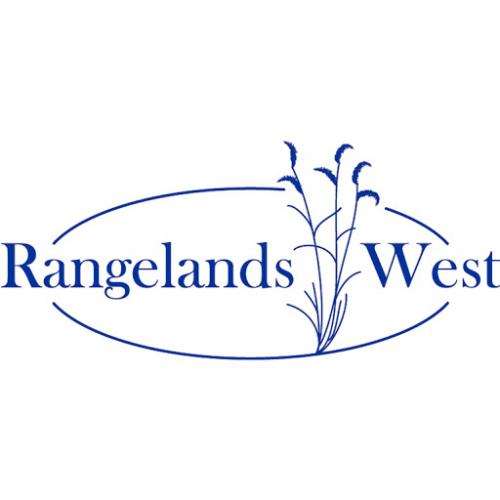This paper reviews the literature on factors affecting the yield and nutritional value of crested wheatgrass (Agropyron cristatum, A. desertorum or A. fragile). The Agropyrons are cool-season perennial bunch grasses that are grown in the western United States and Canada where annual precipitation ranges from 9 to 18 inches (230 to 460 mm) and forage yield ranges from 400 to 3000 pounds of dry matter per acre (450 to 3360 kg/ha). Forage production in the northern Great Plains is best correlated with April to June precipations whereas in the area west of the Rocky Mountains production is best correlated with total atumn to spring precipitatiopn.
Yields are responsive to applications of 20 to 30 pounds of nitrogen per acre (22 to 34 kg/ha) in areas receiving at least 12 inches of precipiation (300 mm). Early forage growth is stimulated by fertilizer nitrogen, thereby advancing the grazing period by as much as two weeks, Field responses to phosphorus fertilization are frequently measured when soil moisture and nitrogen are adequate. Sulfur deficiencies occur in some soils in the Pacific Northwest and yield responses to sulfur fertilization may be obtained under conditions where nitrogen and moisture are adequate for additional plant growth.

Articles, citations, reports, websites, and multimedia resources focused on rangeland ecology, management, restoration, and other issues on American rangelands.